How to plant violets: tips for beginner gardeners
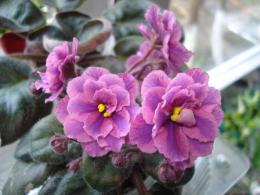
Happy owners of popular delicate flowers are certainly faced with the question of how to plant violet. This should be done in a timely manner, competently and carefully.
Content:
- In what cases and in what seasons are violets planted?
- How to prepare a plant, containers, soil for replanting
- Transplantation and after care
- Violet agricultural technology
In what cases and in what seasons are violets planted?
The need to plant violets arises in the following cases:
- propagation by rooted petiole
- the mother plant has formed additional rosettes, several children (or stepchildren) have grown up
An adult plant is transplanted:
- at least once a year - change the soil, re-root or transfer to a large container
- to save a sick violet
- if a light coating has formed on the surface of the substrate, this means that the soil is mineralized, too compacted, and does not allow air to pass through
- the root system occupied most of the volume of the pot, replacing the soil
The best time to plant violets is spring and summer. The plant tolerates the procedure more easily and takes root quickly. In autumn and winter, due to the short daylight hours, there is a high probability of flower death. During these seasons, immediate replanting is required when signs of disease or pest attack are detected.
A healthy flower will tell you when it’s time to replant:
- flowering stops, only foliage grows abundantly
- leaves may lose color and decrease in size
If violet In general, it feels good, but does not bloom; experienced violet growers recommend not taking risks and postponing replanting until favorable months. You should not plant Saintpaulia if it has already formed buds or is blooming.
In emergency cases, when replanting is unavoidable, all flowers must first be removed so that the plant can devote all its energy to rooting. You cannot separate stepsons without green pigment. Chlorophyll is not synthesized in them; the baby, deprived of nutrition from the mother plant, will die.
How to prepare a plant, containers, soil for replanting
Before transplanting, moisten the soil in the pot so as not to damage the roots later. The soil should not be wet, just slightly damp. Prepare containers in advance:
- pots for the main plant and large rosettes
- containers with a diameter of 3.5-4 cm for children; plastic disposable cups are suitable; several holes are made in their bottoms
Dishes coated with salt deposits should not be used. Containers must be thoroughly washed and dried. The soil for violets is preferably light, moisture-absorbing, fertile, free-flowing, and breathable. Some flower growers advise using a special ready-made priming for violets (Saintpaulia), adding sand and peat to it.
Others consider chemical-untouched soil from a deciduous forest, previously calcined, to be the best substrate. It is useful to add perlite and crushed charcoal to the mixture. Drainage is laid at the bottom of the container - expanded clay of the middle fraction. For drainage, you can also use coconut fiber or chopped sphagnum moss; they are added to the substrate.
If the grower prefers wick watering, the cord for it is also placed in the pot before planting.For small children you will need a greenhouse shelter, so prepare plastic film or bags in advance.
Transplantation and after care
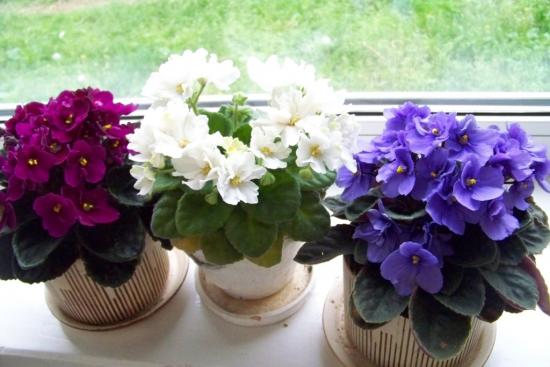
The violet, along with a lump of earth, is removed from the pot. To do this, first lightly tap the bottom and walls of the vessel, then carefully pull the flower out of it by the base of the rosette. Carefully separate the main plant and stepsons, trying to ensure that everyone retains their own part of the root system. The roots are inspected and damaged ones are carefully removed.
There is no need to completely clear the soil. You cannot wash the roots; this will lead to the death of the plant. The prepared substrate is poured into the pot on top of the drainage. Saintpaulia is placed in the center, spreading the roots over the surface of the soil. Add soil in small parts. It is convenient to do this with a disposable plastic spoon.
From time to time, lightly tap the pot on a hard surface so that the soil lies more densely. Pour it up to the first leaves. Watering is postponed for several hours until the soil settles. Then, if necessary, add soil and water the plant with warm water. Children are also planted in small cups. In this case, the glass with the plant can be placed in another one, with a whole bottom.
Moisture will not stagnate in the roots. You can water the flower by simply adding water to the outer container, like in a tray. If the planted stepsons are very small, they need to be covered with a bag, like a greenhouse. The same should be done with large rosettes if their roots are damaged. The greenhouse is periodically ventilated and removed after the plant has rooted.
Violet agricultural technology
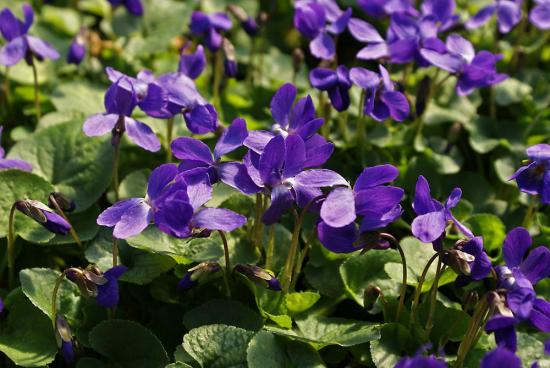
Flower growers choose one of three methods glaze:
- wick, when one end of the cord is placed in a flower pot and the other in a container of water
- through the tray, the most delicate way, the plant will take as much moisture as it needs
- directly into the soil
It is important not to allow the liquid to dry out or stagnate. Violet is sensitive to light. The best option is diffused bright light and 12-15 hours of daylight using artificial lighting. Be sure to protect the plant from the burning rays of the sun. With a lack of light, Saintpaulia reduces flowering, the leaves turn pale and stretch out. The most comfortable temperature is 21-23 degrees.
It responds to an increase by decreasing the number of buds. In cool weather, varieties with dark foliage and fancy flower colors do better. Hypothermia is fraught with rotting of the roots. In drafts it gets sick and loses its decorative effect. Feeding begins 3-4 months after transplantation.
Alternate organic and mineral fertilizing. In the winter months, their quantity is reduced; in other seasons, they are added 2-3 times, depending on the condition of the plant and conditions. growing. Dried, damaged or excess lower leaves are periodically removed, and the cut areas are sprinkled with activated carbon powder.
Experienced violet growers note that when growing Saintpaulia, the soil composition, lighting, and irrigation regime are selected individually, taking into account the local conditions and microclimate. Attentive violet lovers achieve success and enjoy the delicate, bright, gorgeous flowers.
Video about violet transplantation:





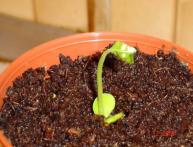

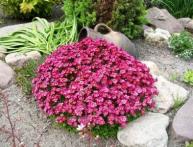
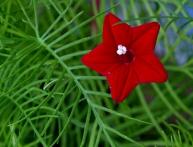


Comments
I try to replant my violets in the summer. In addition, they take root so easily from a leaf in the summer that sometimes it is even better to renew the plant, but this also depends on the type of flower. Some roots and even small leaves appear very quickly, while others rot.